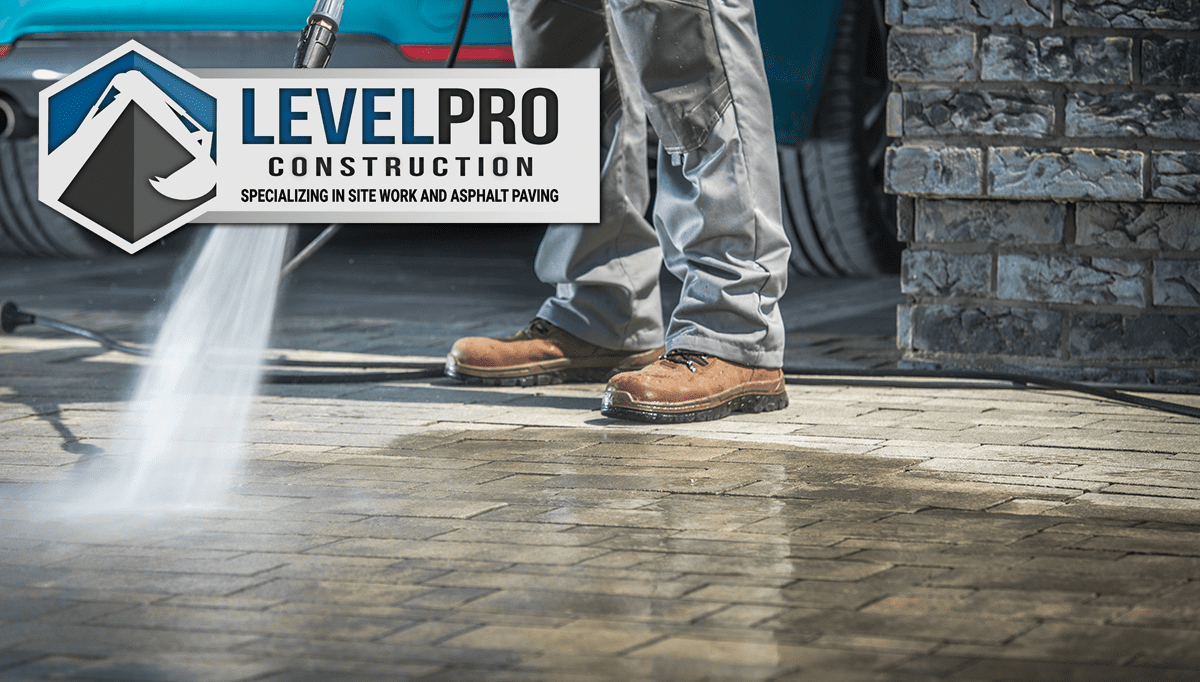Protecting your driveway may not be on the forefront of your mind. It’s a part of the home that gets used every day, yet the work it puts in goes relatively unnoticed. That is, until it becomes cracked or damaged, and thus, unusable. Once homeowners have to drive over a crack or pothole constantly, they realize just how much a good driveway is worth. We’re here to help you delay or avoid the usual wear or tear that can damage your driveway. Read on to learn our top tips for protecting your driveway.
-
Seal When You Should
We’ve written before about the importance of driveway sealing. It is the most proactive way to prevent cracks and damage in a driveway. Sealant should be applied every one to three years. The harsher the weather conditions that a driveway endures, the more often it needs to be resealed. Homeowners can seal the asphalt themselves, but it is easier and more efficient to have a professional do it.
-
Check Your Edges
Driveways seem indestructible, but they are surprisingly easy to damage. The edges, in particular, are vulnerable to heavy weights and sharp movements. Try and avoid parking any cars on the edges of the driveway. If there is a house remodel going on, instruct construction vehicles to avoid the edges.
Mother Nature can also wreak havoc on driveway edges. Whether it’s simply the lawn reclaiming the space, or a tree root growing underneath, nature can cause serious damage. To avoid nature-based damage, do a visual check around the edges. Obviously, underground damage is difficult to gauge, but visual checks are surprisingly effective.
-
Spring Cleaning
Regular cleaning is essential to protecting your driveway. First, remove any debris, twigs, and leaves from the driveway surface. The best option for this is a broom or leaf blower. Avoid using water to clean off the driveway, as water can erode sealant faster and create cracks in the asphalt. Next, clean off the more challenging stains from substances such as motor oil. Oils and industrial chemicals can soften asphalt and lead to dips or cracks in the driveway. Fresh spills can be absorbed by kitty litter or sand. Target older stains with an environmentally friendly cleaner that cuts grease. Avoid using a wire brush for the cleaning, as wires will scrape the surface and open the asphalt up to the elements.
-
The Less Water The Better
Water damages asphalt surfaces astonishingly quickly. Not only does it erode sealant, it can also find cracks in the surface and make them larger until they become unmanageable. Ensure that there is plenty of space around the edges of the driveway for water to runoff. Additionally, check the downspouts for the gutter system is not emptying onto the driveway.
Water damage also comes in the form of snow. If your asphalt driveway is exposed to snow, shovel it clear as soon as possible. If multiple snowfalls are allowed to build up, the weight and amount of water can damage the asphalt.

